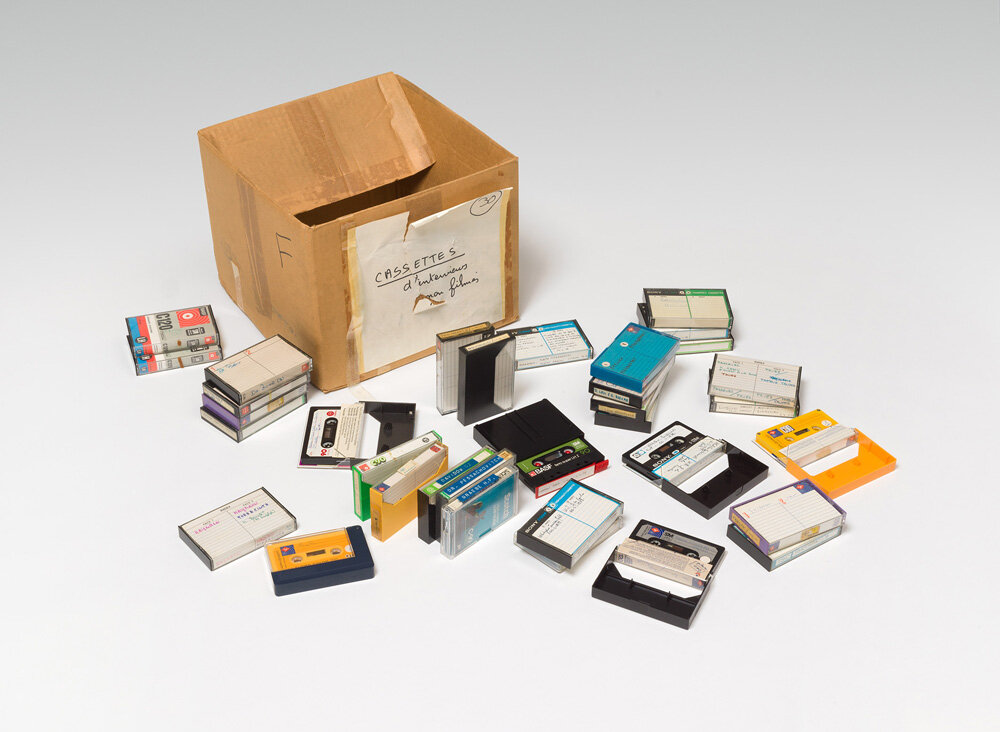Letting Loose the Golem on Society’s Dilemmas
It’s rare to come upon a book with a truly original idea — which makes it all the more important that the idea be clearly and convincingly argued.
Take this book about the golem — not just Rabbi Loew’s famous clay warrior of Prague, but any created being, somewhere between human and inanimate, brought into the world for specific purposes. The word itself, with its original meaning of “unformed mass,” is first found in Psalms. The Talmud includes a story about the creation of a human being by rabbis, and Midrash describes Adam himself, the first man, as a golem. Medieval responses address seemly esoteric questions about the place of such a being in a Jewish community: Can it count in a minyan? Is killing a golem murder?
Later still, the golem, transformed by multiple generations of legend, becomes the now-familiar Jewish superhero avant le lettre, fighting enemies, raising unintended consequences for its creators and (most recently) winning Michael Chabon a Pulitzer.
But if the golem is defined as widely as possible — a created being, somewhere between human and machine — one realizes it’s a metaphor that might help in understanding all sorts of ethical dilemmas, from bioethics (how human is a clone?) to corporate law (does Microsoft, say, have the same rights under law as an individual)?
For this realization, one must thank the author of “Golems Among Us: How a Jewish Legend Can Help Us Navigate the Biotech Century” (Ivan R. Dee). Byron L. Sherwin, a professor of Jewish philosophy and mysticism at the Spertus Institute in Chicago and author of many books in the field, ably summarizes the biblical and rabbinic roots of the golem, and in succeeding chapters he lets loose the metaphor on a host of societal conundrums. The primary fruit of this approach is a point made more than once in the book. The golem, neither human nor machine, shows us that not every new creation or previously unknown entity must be placed into either one of these categories.
Such newly arisen beings, or promising technologies, are tests of our simultaneous stewardship and modification of creation. God, says the author, “created a world to be made by us — for better or for worse.”
Thus human embryos created by in-vitro fertilization but not slated for reimplantation (and therefore usable for research purposes) should not, Sherwin writes, “be granted the status of persons, because they are not. They are what they are, neither more nor less. [….] Each sperm, each egg, each embryo and perhaps each golem has the potential for personhood, but most never realize that potential.”
Computers also straddle the person-object divide. Many a thinker (most notably Alan Turing) has worried about what makes humans and computers either unbridgeably different or essentially similar. Again, Sherwin punctures this overinflated philosophical parlor game with perceptive good sense: “If we do not expect our children to be our duplicates or our mimics, why should we expect it of our creations? Why can’t intelligent machines, like golems, be considered a species of their own, with their own unique status, rather than a new version of the human species? Why not let human beings remain human and machines remain machines?”
Similarly, the author draws upon Jewish case law, a response by the 17th-century rabbi Zvi Hirsch Ashkenazi, in connection to what he claims is the current overprivileged position of the corporation. Just as Ashkenazi judged that golems were not human beings and thus not eligible to be counted toward a prayer quorum, Sherwin calls for a realignment of Anglo-American law with respect to corporations. Since “considering a corporation as a person creates an unnecessary legal fiction,” such entities can be more plausibly considered as instances of partnerships, a classification well known in Jewish law and appropriate to the shareholder-corporate relationship.
These points, and relevant supporting material, would be more than enough for a much leaner book or for a series of substantive, thought-provoking essays. But Sherwin’s book as published suffers from neglectful editing and shameless padding. The individual chapters are unconnected essays slapped together hastily rather than stages of a coherent argument, and the final, summary chapter does little more than rehash earlier material.
The author’s style, which at its best is the sure-footed argumentation of a seasoned scholar, at times veers alarmingly into hyperventilation. “Imagine a world,” he writes, “where nanotechnology enables you to transform a plastic bottle into a filet mignon for you to share with your android spouse.” Sherwin repeatedly indulges in long lists of these futurama digressions, punctuated by the advertising-speak summary “… and more.”
These weaknesses are symptomatic of a larger problem. When Sherwin ventures outside the four cubits of his expertise — Jewish law, mysticism and their connection to ethical problems — he relies extensively, and nearly exclusively, on secondary sources: newspaper articles, magazine treatments and chronologies of well-known advances in science and medicine that easily can be found in other, more authoritative sources. Sherwin dissects few quotes in this book by biotech experts or bioethicists with anything sharper than credulity. Moreover, it sometimes seems that Sherwin does not trust the reader to take an interest in his topic without frequent pop-cultural references. Apart from the book’s near-complete cataloging of golem-themed books and movies, which can be skipped profitably, this surely must be among the rare works of Jewish thought, if not the very first, to refer to the TV show “Knight Rider.”
Nevertheless, Sherwin does a valuable service for the reader in presenting these novel parallels between the golem and problems in biotechnology. Perhaps the book might be re-edited and reissued with an eye toward an elementary principle of animation: If you’re not careful what words you put in the golem’s mouth, he might end up as just a lump of clay.















